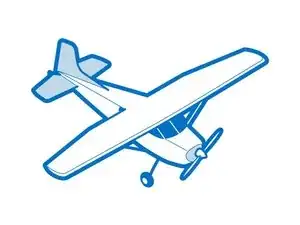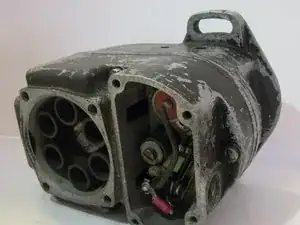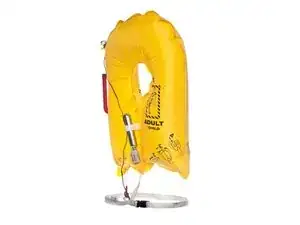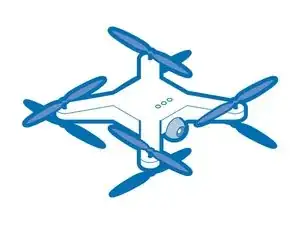Background and Identification
An aircraft is a vehicle that flies by gaining support (lift) from the air. Aircraft counter the forces of gravity and drag by using either static or dynamic lift (which comes from airfoils or wings), as well as the downward thrust from engines in larger aircraft. Aircraft include airplanes, helicopters, airships (blimps), gliders, paramotors, hot air balloons, and unmanned aerial vehicles (drones). Aircraft can be classified by lift type, usage, size, and other criteria.
Flying model crafts have existed for centuries (whether in stories or in reality). The first (safe) manned ascent and descent were executed by large hot-air balloons developed in the 18th century. Both World Wars led to great technological advances for aircraft.
Strictly speaking, an airplane (also called aeroplanes or planes) is a powered, fixed-wing aircraft that overcomes forces like gravity and is propelled forward by thrust from one or more propellers, jet engines, or rocket engines. Many airplanes are designed to be flown by a pilot on board the craft, but some (like drones) are meant to be piloted remotely or by computers. The Wright brothers designed and flew what is considered the first airplane in 1903. However, the brothers built on the work of George Cayley, who created the concept of modern airplanes and built several successful gliders in the late 1700s.
Aircraft can use various methods of lift, including buoyancy (for aerostats, hot air balloons, or blimps), lift (for aerodynes such as airplanes and other aircraft with fixed wings or rotor blades). Rotorcraft, or rotary-wing aircraft, like helicopters use a spinning rotor with blades or rotary wings to produce lift. Other aircraft use lifting bodies (which are bodies shaped to produce lift), powered lift (especially for vertical takeoff and landing aircraft), rotating cylinders, or even flapping wings to become airborne.



